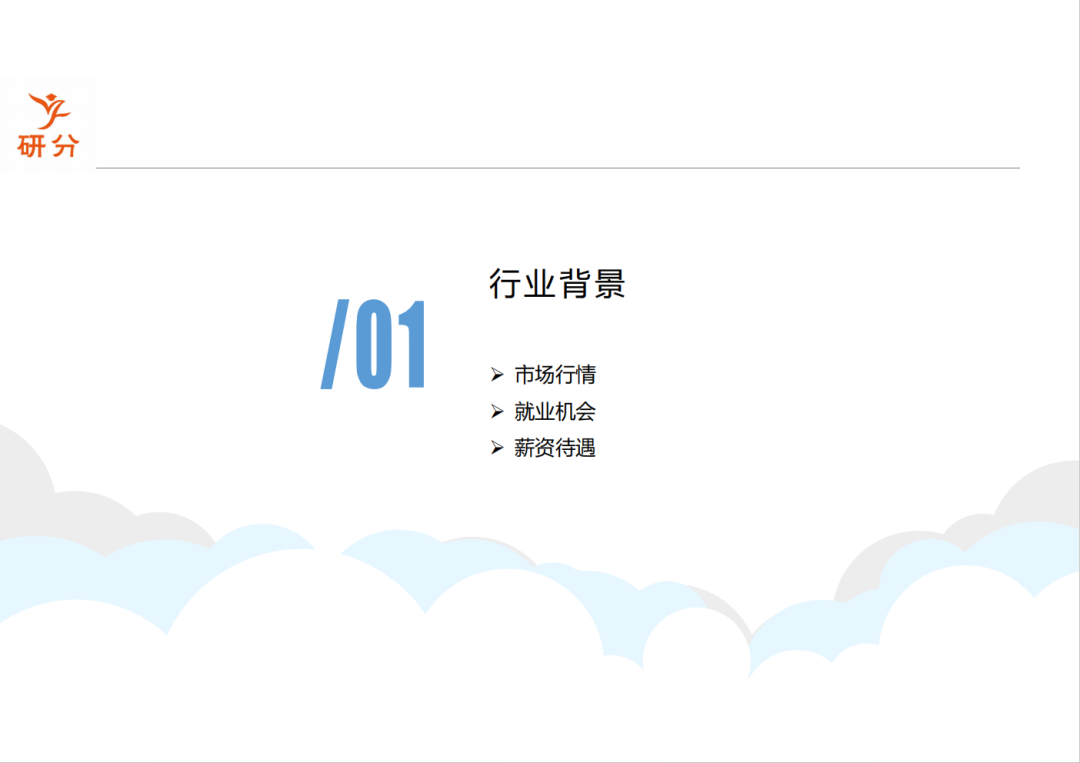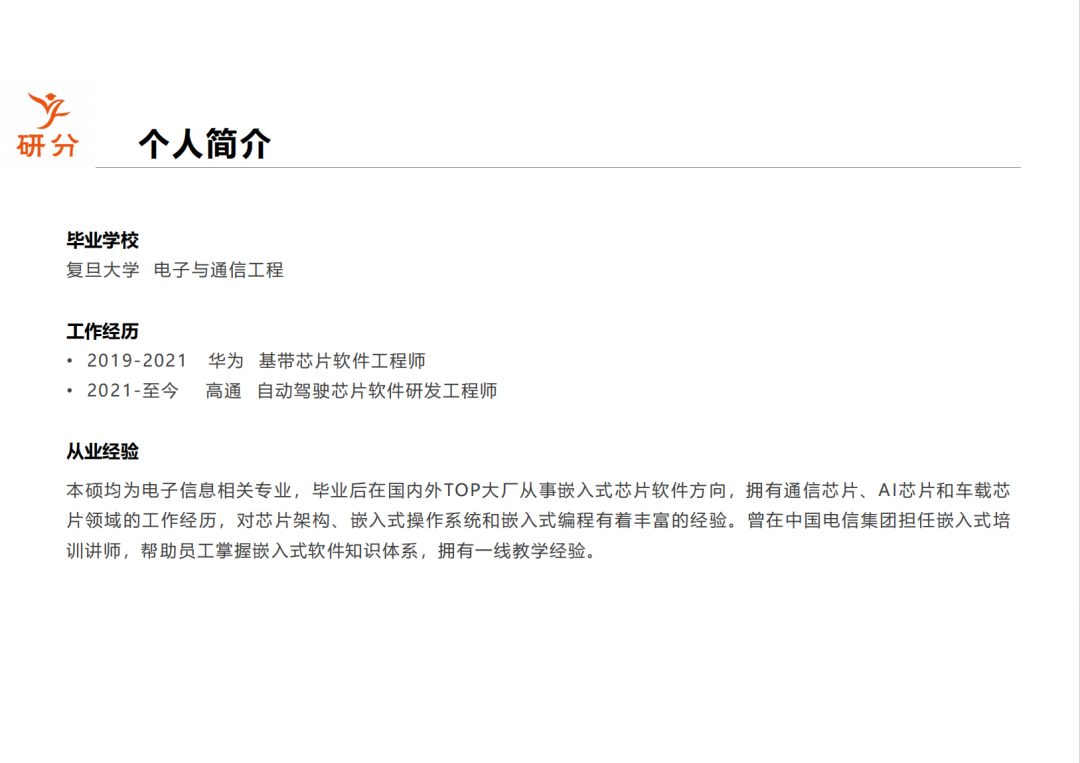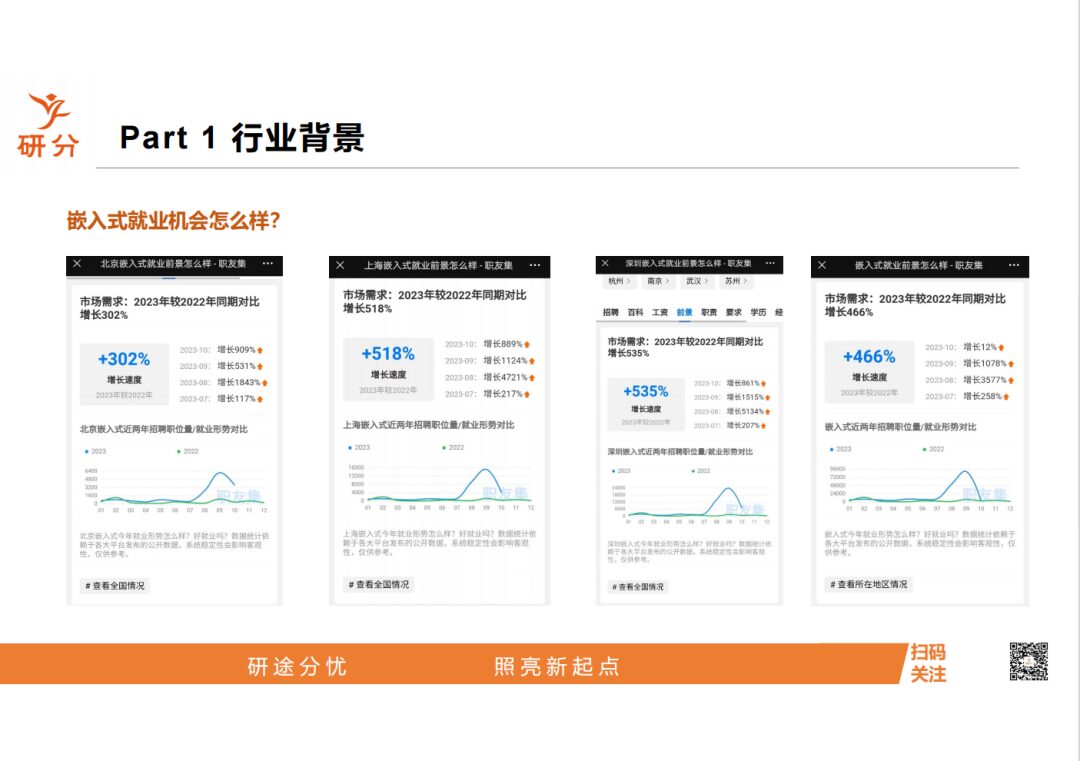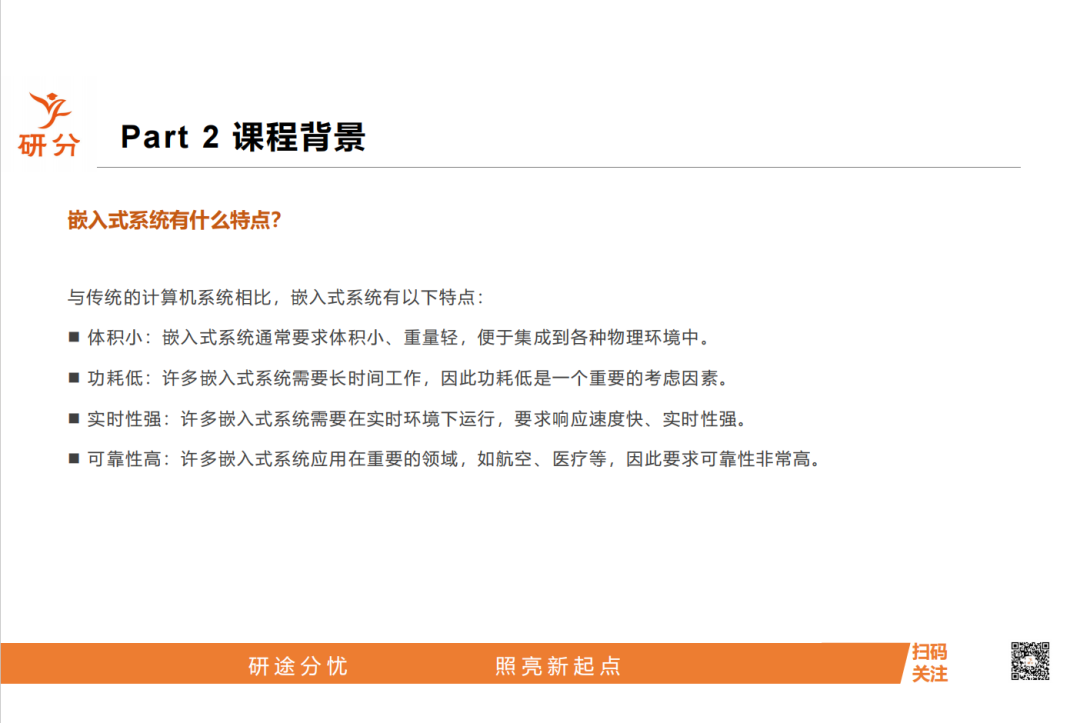

|
|
|
|
|
|
Live Streaming Method: WeChat mini-program “Yanfeng Network” live streaming, time moved to Sunday

– STM32 Embedded Software Basics Course –

1. Course Content
This course mainly explains the basics of STM32 embedded system software. As an introductory training for embedded software, this course will focus on helping students build a complete knowledge system, covering areas such as computer architecture, chip architecture, instruction sets, programming languages, and analog/digital circuits. Starting from theoretical foundations, it helps students understand background knowledge, core concepts, system structures, implementation methods, and toolchain usage, and finally leads students to complete some simple engineering practices, progressing step by step to master the applications of STM32. Due to the extensive and complex nature of the involved fields and content, the course will adopt a simplified model, application-oriented, and will teach based on actual needs. Relevant background knowledge will also be presented with an application purpose, interspersed with explanations when necessary, while continuously reinforcing the knowledge system to prevent the knowledge points from becoming too scattered.
The course content consists of a total of 28 class hours, mainly divided into the following parts:
1) Course System and Introduction to Embedded Systems (2 class hours)
2) Introduction to STM32 Core System (2 class hours)
3) STM32 Development Board and Development Toolchain (2 class hours)
4) C Language Programming Basics (4 class hours)
5) STM32 Firmware Library (2 class hours)
6) STM32 GPIO Interface (2 class hours)
7) STM32 Clock System (2 class hours)
8) STM32 External Devices (4 class hours)
9) STM32 Interrupt System (2 class hours)
10) STM32 Timers (2 class hours)
11) PWM Principles and Applications (2 class hours)
12) DMA Principles and Applications (2 class hours)
2. Course Objectives
Upon completing this course, students will master:
√ Principles and structure of microcontrollers
√ Embedded MCU system
√ Using STM32 development boards
√ Using STM32 development toolchains
√ Using STM32 firmware libraries
√ Simple STM32 program development
√ Introduction to STM32 interrupt systems
√ Advanced use of STM32 external devices
3. Target Audience
The main target groups for this course include:
4. Instructor Qualifications
Both undergraduate and master’s degrees are in electronic information-related fields, with a master’s degree from Fudan University. After graduation, worked in top domestic and international companies in the embedded chip software field, with experience in communication chips, AI chips, and automotive chips, possessing rich experience in chip architecture, embedded operating systems, and embedded programming. Previously served as a training instructor for embedded systems at China Telecom Group, helping employees master the knowledge system of embedded software, with frontline teaching experience.
5. Class Format
Live Streaming Method: WeChat mini-program “Yanfeng Network” live streaming




